
The milestone approval of a gene-edited therapeutic paves the way for gene-editing technologies.


The milestone approval of a gene-edited therapeutic paves the way for gene-editing technologies.

Abzena has launched its AbZelect platforms, designed for improving cell line development.
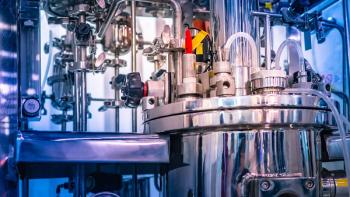
The authors give an overview of scaling approaches and present good scaling practices for the biopharma industry.

Both adherent and suspension cell culture approaches have their pros and cons, which must be considered for process development.

Tome Bioscience is facilitating the transition in biology from the editing phase to the cut-and-paste phase.
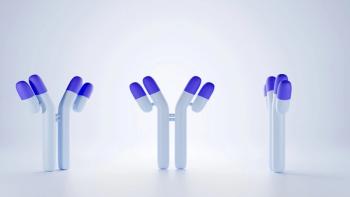
Re-evaluating the basics of mAb production may be beneficial for the biopharma industry as a whole.

The construction of Gritgen’s GMP facility strictly adheres to the global current GMP (CGMP) standards and complies with the regulatory guidelines of authoritative agencies including the National Medical Products Administration (NMPA), FDA, and the European Medicines Agency (EMA).
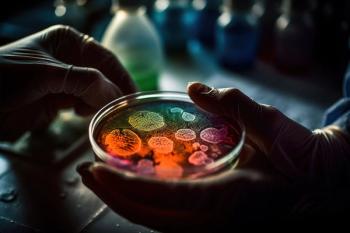
Using a systematic approach and achieving run-to-run consistency are essential.
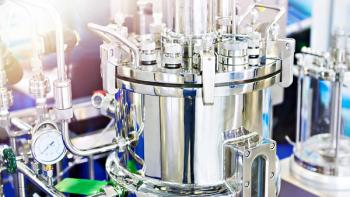
Process and bioreactor performance are directly impacted by real-time monitoring capabilities.

Sartorius’ Biostat STR now incorporates Repligen’s XCell ATF hardware.

Scale-up strategies for cell culture will require a deep understanding of overall bioprocess workflows.

MilliporeSigma has invested $25 million to expand its cell culture media production facility in Lenexa, Kan.

The choice of expression system requires wise consideration of product complexities.

The bioreactor scaler tool helps scaling between development and manufacturing and to de-risk scaling activities and ensure product quality.

Media developers and vector manufacturers face a combination of challenges and opportunities.

It is crucial to examine the context in which single-use waste is viewed.

Lives are saved when time from vein to vein decreases.
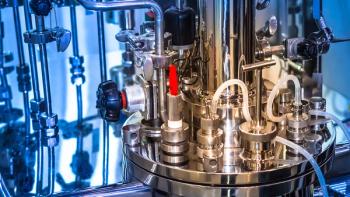
The innovation of going from stainless-steel bioreactors to fixed-bed bioreactors shows an evolution in upstream optimization.

Process and plasmid design optimization, disposable equipment, and flexible platform processes all play important roles.
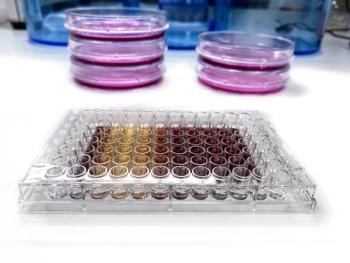
Decreasing vein to vein time saves lives.

Experts reveal how to identify the “right” biochemical, the process of sourcing biochemicals, sourcing challenges, and what industry professionals should know about the space.

Using a predictive modeling approach can help tighten up operator control over bioprocessing, which in turn can increase bioreactor output.

Cytiva’s acquisition of CEVEC Pharmaceuticals strengthens the company’s cell line development and biomanufacturing capabilities.

Thermo Fisher’s new centrifuge technology is designed to enable efficient, sustainable cell culture harvesting.

The industry revisits the pros and cons of microbial fermentation at scale for biotherapeutics.